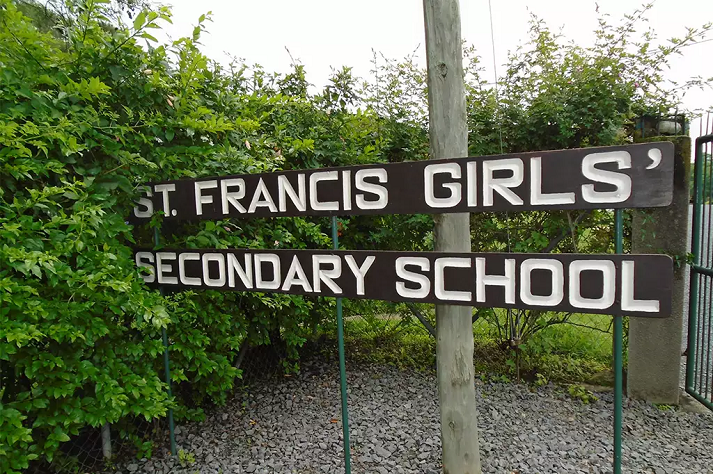
PIAC must do better
To the ordinary Ghanaian, the value of producing oil in commercial quantities is measured by its positive impact on his or her life through the judicious application of the oil revenue in infrastructural development.
It is in this light that many oil-producing countries allocate some of the revenue accrued from the sale of oil to the development of infrastructure every year, and Ghana is no exception.
The Petroleum Revenue Management Act (PRMA) 815 clearly states that a portion of oil revenues should be allocated to the Annual Budget Funding Amount (ABFA) to aid in the development and rehabilitation of infrastructure in the country.
While it is commendable that the government has used oil revenues to undertake an appreciable number of infrastructure in the country, one area it is failing to recognise is the need to monitor projects that oil revenues are allocated to every year.
The annual report of the Public Interest and Accountability Committee (PIAC), the body with oversight responsibility over the prudent management of the country’s oil revenues, has captured a number of projects that have been funded with oil revenues over the years.
As to whether these projects exist or have been executed is another issue. It is in this light that members of PIAC and some journalists of the Institute of Financial and Economic Journalists (IFEJ) embarked on a five-day field visit to monitor some selected ABFA-funded project sites in the Northern, Upper East and Upper West regions.
The findings from the five projects were alarming as the failure to monitor the projects over the years made room for either misuse or diversion of funds.
As if allocating the projects from Accra for the beneficiary communities without their involvement was not bad enough, no work had been done on some of the projects that had been captured in the report as having received funding recently.
The clear misuse of the revenues was so evident during the tour of the projects, raising concern over who monitors the projects that continue to receive funding every year.
For instance, the Nakori Dam in the Wa Municipality of the Upper West Region was said to have received over GHC15,000 in 2014, but residents in the community explained that the last time work was done on the dam was in 2006.
At the St Francis Girls Senior High School in Jirapa, where some rehabilitation work was supposed to have been done in 2015, the coverings of the tables in the science laboratory had come off which questions the quality of work done in the school.
If the findings from the visit are something to go by, then it is necessary for the government to acknowledge that it is one thing allocating revenues, and another ensuring that the purpose for which the revenues are allocated is achieved.
There should be a machinery in place to regularly check on these projects and ensure that they are progressing smoothly.
The GRAPHIC BUSINESS thinks it is important for PIAC to verify the list of projects that are submitted to it before publishing it in its report as having received funding from oil. The committee must also ensure that it conducts an audit on the projects, and beneficiaries of the projects must be involved to ensure that there is value for money. This way, people will appreciate how the oil revenue is being used to aid development.
